Over 7,000 customers took Metro home from the soccer game at Fedex Field on Tuesday night, July 29th, and some used the Silver Line!
While researching the ridership patterns of customers using Silver Line and comparing the usage on Monday, July 28th, to Tuesday, July 29th, we started to see an interesting pattern: a lot more customers were traveling from Morgan Blvd to Wiehle-Reston East. When we drilled down into the data, we found that these trips were occurring in the evening, well past the end of the PM Peak. A few web searches later we discovered that a well attended soccer game had been held at FedEx Field on that night.
We then wanted to know, how many and where did they travel? The chart below compares entries at Morgan Blvd on the 29th and contrasts it against the entries of the previous Tuesday, July 22nd. It is pretty obvious that except for the soccer game, it was a pretty normal day at Morgan Blvd, good for comparison. This data tells us that around 7,500 customers took Metro home from the game. But where did they go?

The chart below shows the stations that our Morgan Blvd customers used to exit the system after the game. There are a lot of unreadable data points on there, true, but a few really stand out, as annotated. Most of the big spikes are end-of-line stations, including our newest, Wiehle-Reston East. This graph also tells us that customers traveling to Wiehle-Reston East made it to their home station faster than those going to Franconia-Springfield. In total, over 500 customers took the Silver Line home to one of the five new stations after the game.

This chart also raises the question, why were so many soccer fans going to Eastern Market, Metro Center, Foggy Bottom and Pentagon City? Those are the earlier spikes shown on the graph. Perhaps those are the neighborhoods where high densities of soccer fans live, or maybe the locations of good sports bars for post-game refreshment.
Did you attend the soccer game and take Metro afterwards? Where did you go and what was your trip purpose?
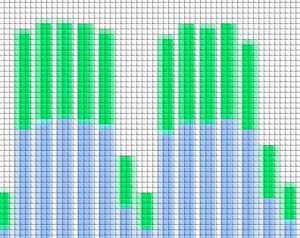 May 2013 and 2014 Metrorail ridership data is available: what patterns do you see?
May 2013 and 2014 Metrorail ridership data is available: what patterns do you see?
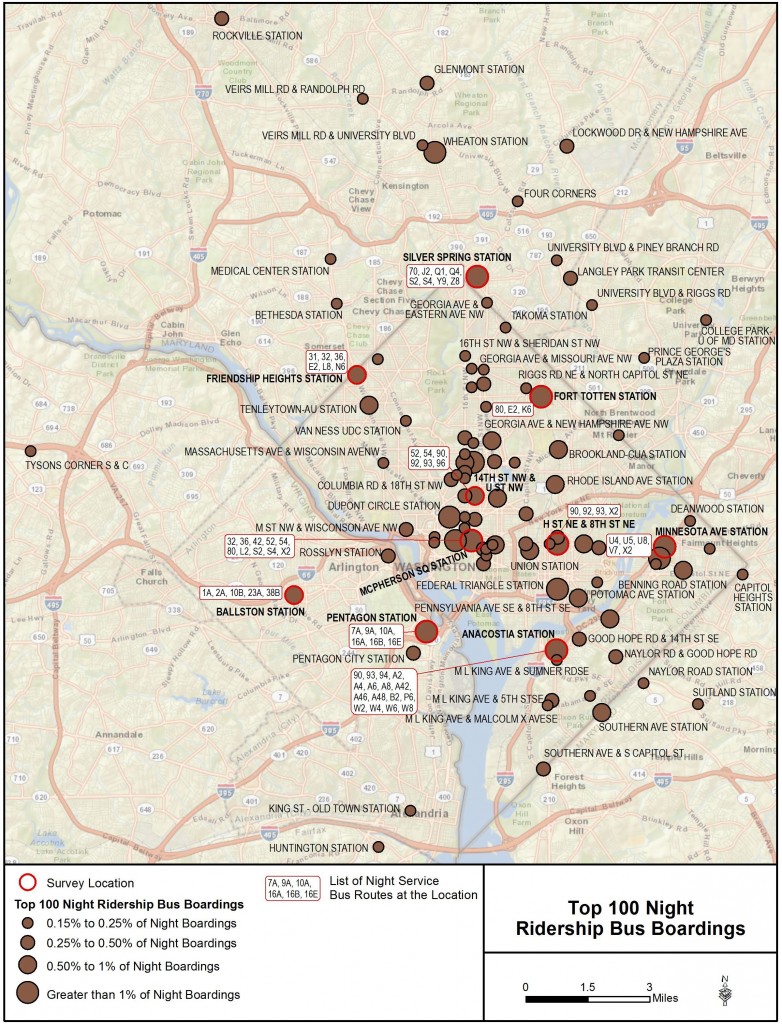
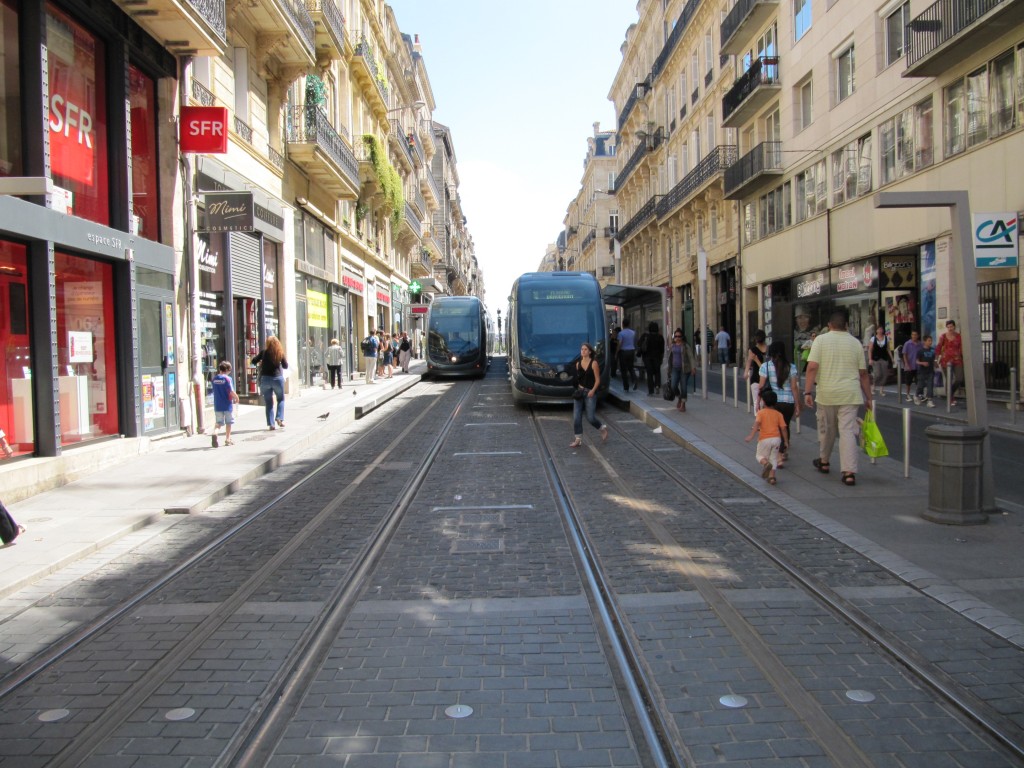
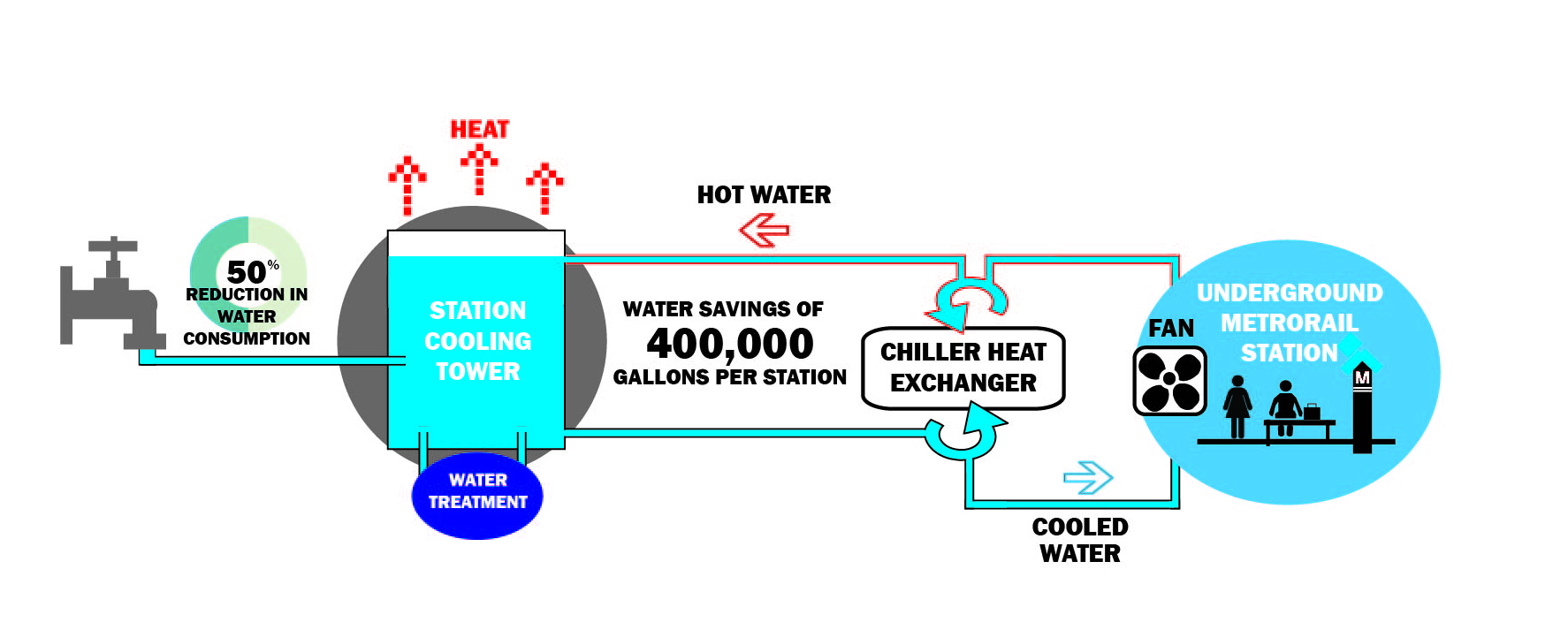

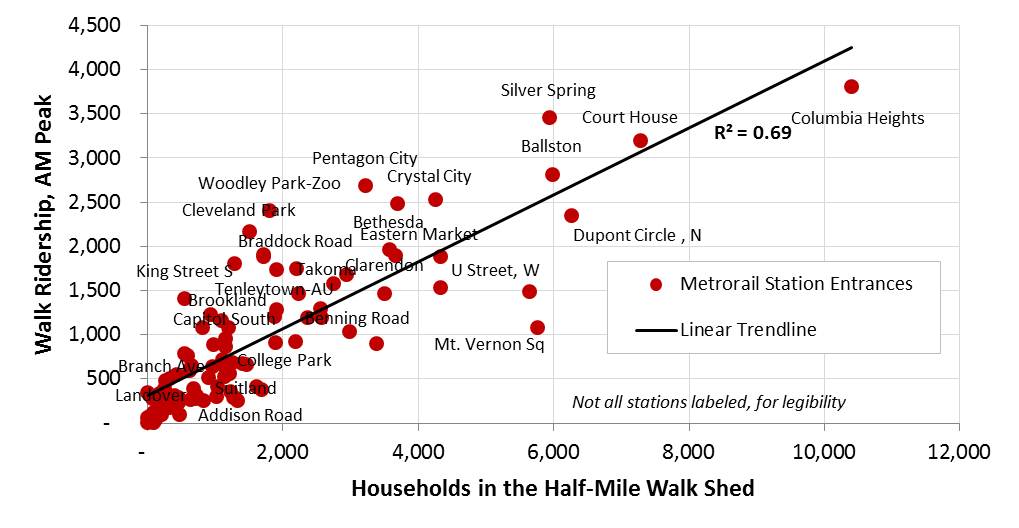
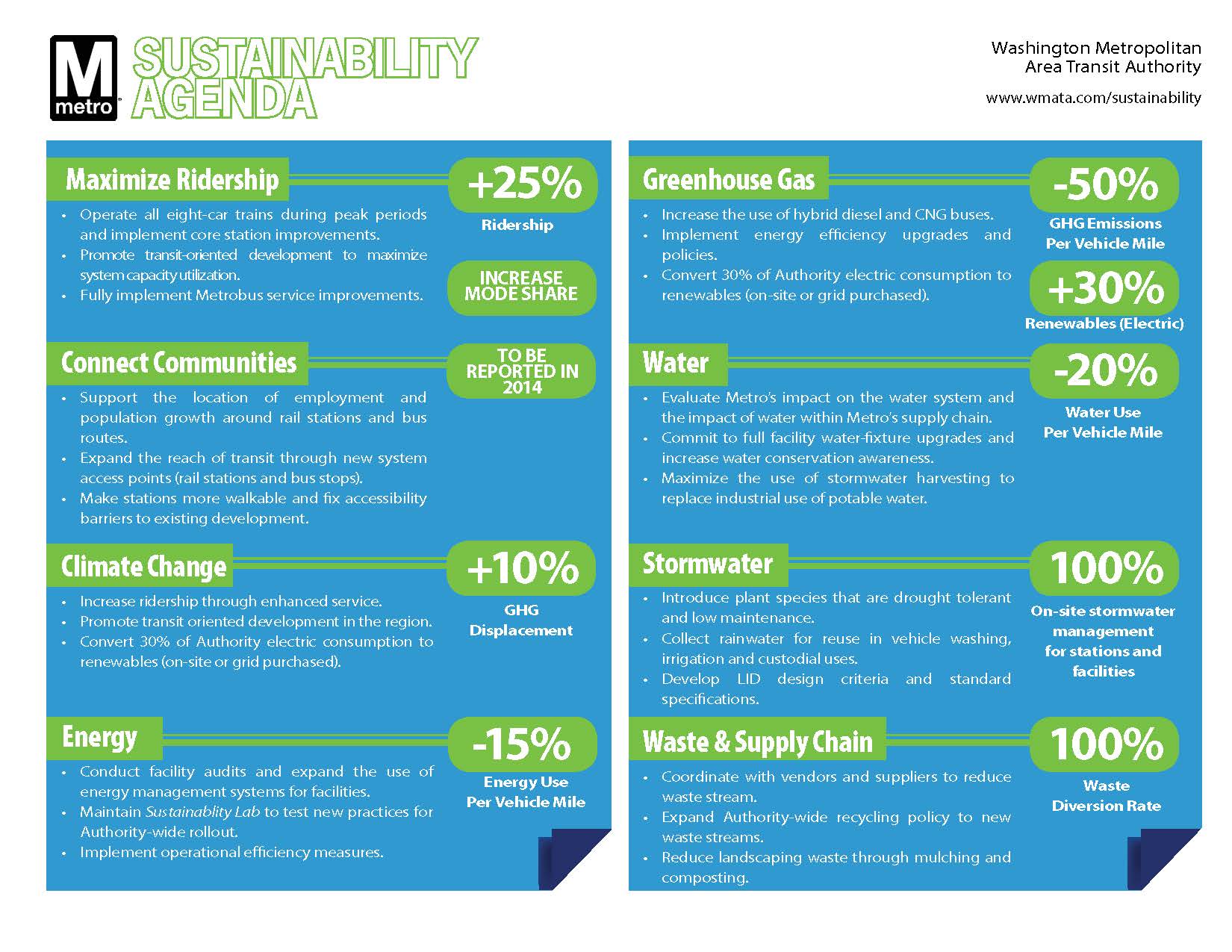


Recent Comments